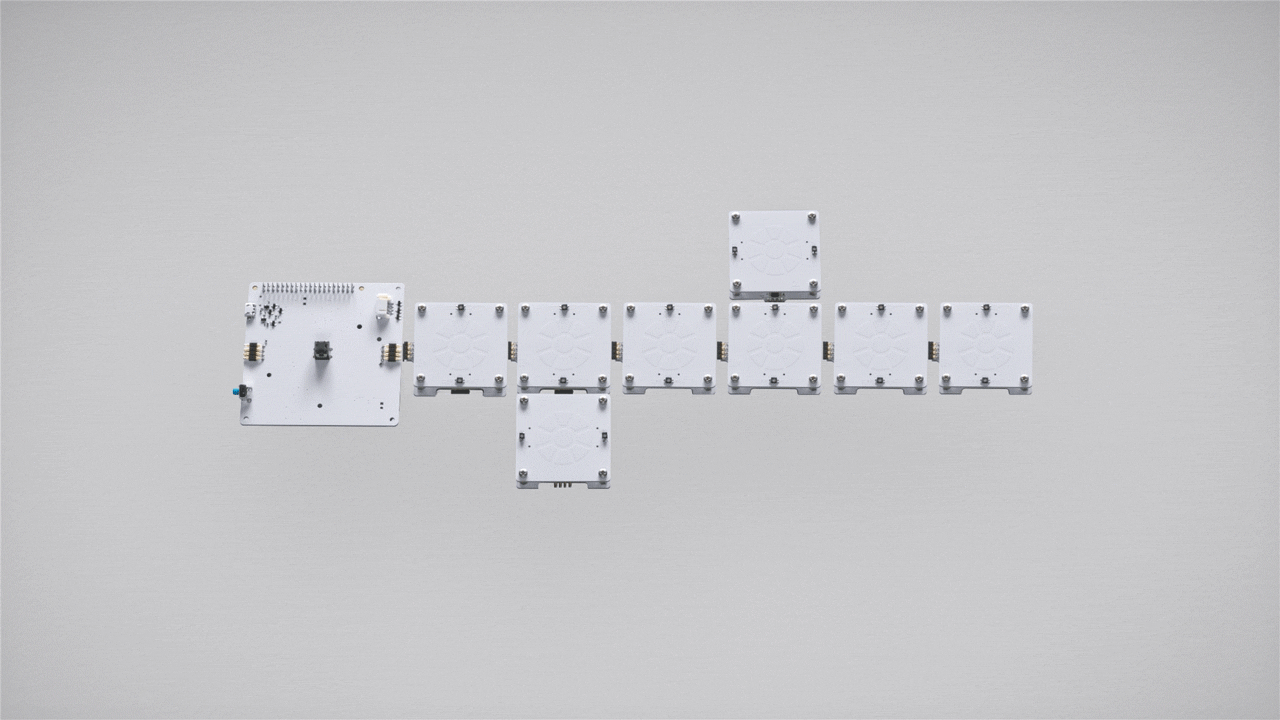
It can be hard to make kids focus on the task in front of them at the best of times. Making them focus in front of a computer screen is even harder.
That’s part of the reasoning behind Google’s newest educational initiative, Project Bloks, which lets kids learn the basics of coding by connecting together physical code blocks to create sequences that control devices such as toys or tablets over Wi-Fi or Bluetooth.
The project is a collaboration between Google, Stanford University’s Paulo Blikstein and global design firm IDEO. It’s built on educational research that indicates young children will be more likely to enjoy learning computer science principles through playing with tangible toys and learning with their hands.
The bloks system is made out of three specific types of hardware. First off there are the “pucks,” which can be programmed with different instructions through the use of paper and conductive ink. The pucks’ instructions are then read by the “base boards,” which can be connected together in sequence. Finally, powering the whole system is the “brain board,” or processing unit, built on a Raspberry Pi Zero.
While Google itself isn’t planning to create its own retail version, it has developed an example kit with IDEO to show how designers, developers and researchers might make use of the system.
Those interested in the bloks system can register their email to receive updates on the project or even be part of Google’s upcoming research study by signing up on its website.
Related reading: The man who inspired Google’s Project Ara pens critical blog post
[source]Google[/source]



